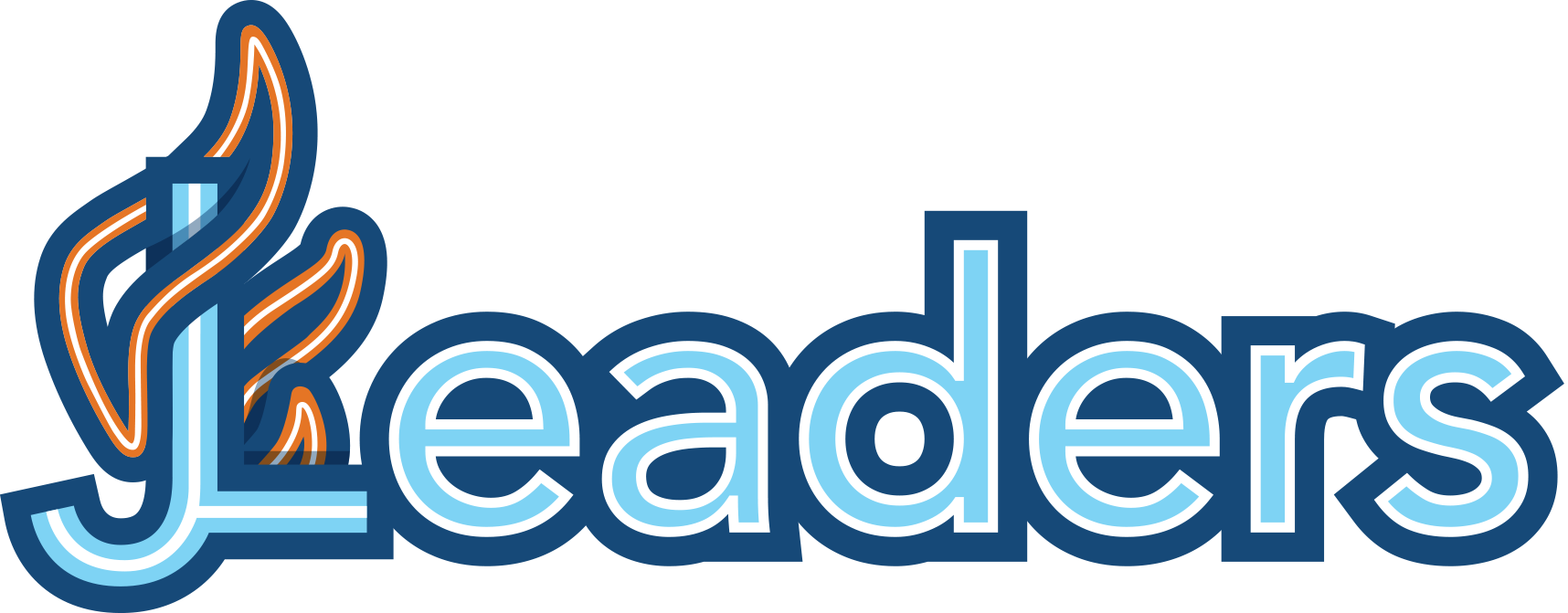By Alex Bolotovsky, CEO of J Leaders
Parsha in a Nutshell
In Va’etchanan, Moses pleads with G-d to enter the Land of Israel but is told “no.” Instead of stepping back, he steps up: he re-teaches the Ten Commandments (Deut. 5), recites the Shema (6:4–9), and urges the people to love G-d, teach their children, and remember where they came from. This isn’t about Moses anymore; it’s about what will outlast him.
Digging Deeper
1. Leading Beyond the Room
Moses knows he won’t be there to keep people aligned. So what does he do? He gives them rituals, structure, language, and habits. He tells them:
- Teach this to your kids (6:7)
- Write it on your doorposts (6:9)
- Say it when you wake up and when you lie down (6:7)
He doesn’t build dependence, he builds durability and structure.
He doesn’t say “Remember me.” He says, “Remember the mission.”
2. Values > Charisma
Moses could’ve tried to keep control or make it about his legacy. Instead, he points forward: to covenant, to community, to continuity. The Shema isn’t just a prayer, it’s a leadership tool. A daily reminder that values aren’t optional. They’re everything.
Leadership Takeaway
Good leaders make things happen. Great leaders make things last. You don’t lead well by staying visible; you lead well by embedding values that show up even when you’re gone.
Weekly Leadership Challenge
This week, practice legacy-through-values:
- Identify one value you want your team or community to carry forward.
- Create a small habit or ritual that reinforces that value without you needing to say it.
- Shift the spotlight: ask, “What do we want to carry, even when I’m not here to carry it?”

